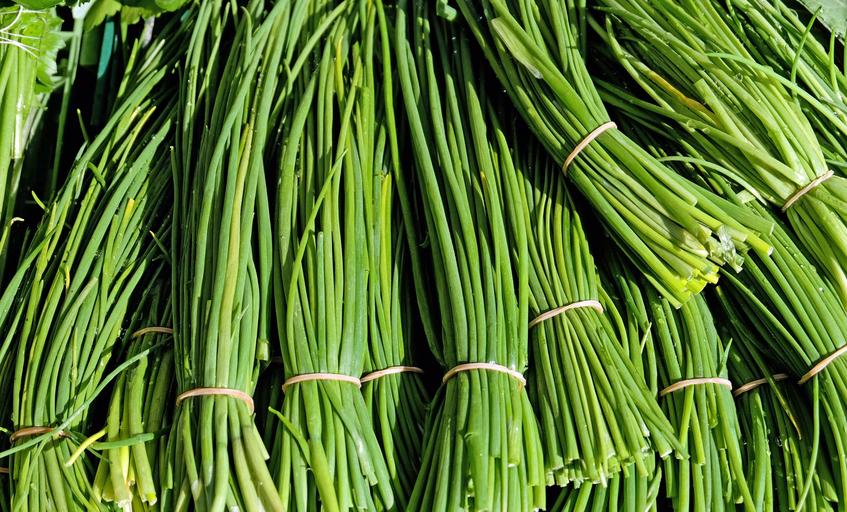Abstract
Historically, domestically produced chives in Japan have been more affordable compared to imported varieties, reflecting lower production costs and local supply stability. The significant price difference in 2022, with domestic chives at 729 yen/kg and imported garlic chives at 2.92k yen/kg, underscores the higher costs of importing, likely due to transportation and tariffs. This trend highlights the ultimate reliance on local agriculture for cost-effective leafy vegetables and suggests growing price disparities with increased importation.
Domestic prices of leafy vegetables
Since 2004, the price of domestically produced Chinese chives has remained stable at around 729 yen/kg, reflecting consistent production costs and market demand. This price stability indicates a strong domestic supply chain and steady consumer preference. The lack of significant price fluctuations over two decades suggests resilience in local agriculture and an ultimate reliance on domestic production to meet market needs efficiently.


The maximum is the latest one, 729Yen/kg of Chive
Import prices of leafy vegetables
In 2022, imported Chinese chives commanded the highest market price in Japan at 3.46k yen/kg, highlighting significant cost factors such as transportation and tariffs. This peak price reflects ongoing trends of elevated costs for imported vegetables compared to domestically produced varieties. The consistency of high import prices suggests a stable demand for foreign chives despite their premium cost, driven by factors like limited domestic supply or preference for specific import qualities.


The maximum is 3.46kYen/kg[2020] of Chive, and the current value is about 84.4%



Comments